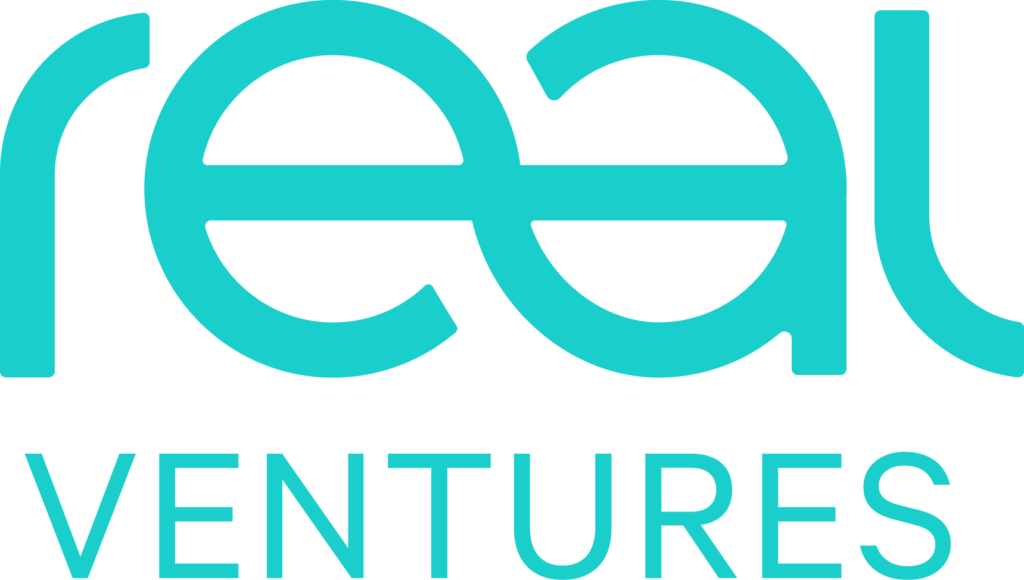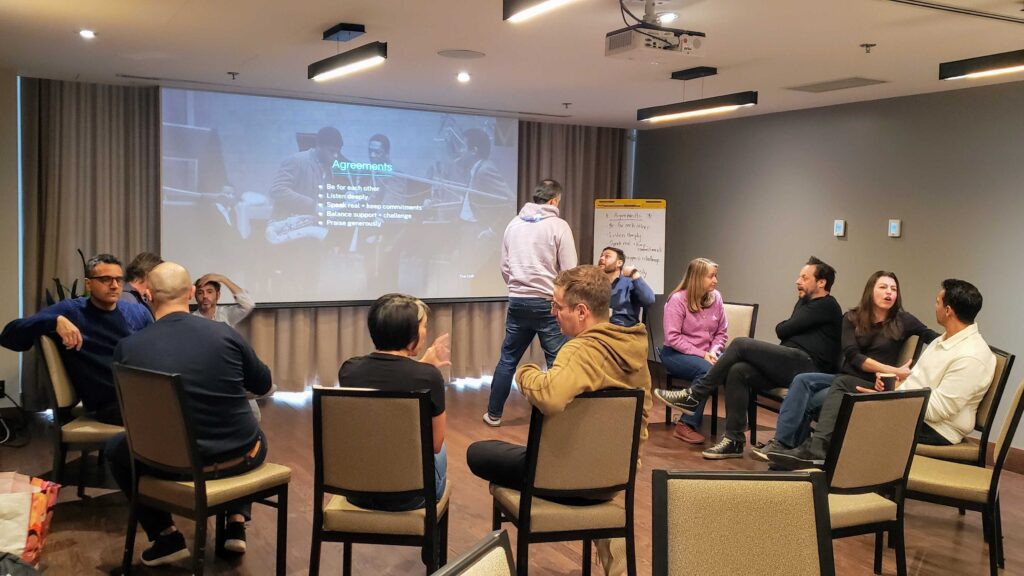First-time startup founders often believe their products are so valuable that they speak for themselves. The cold hard truth is that it doesn’t matter how revolutionary your tech is if nobody knows about it. You need to start building visibility and credibility for your company as early as possible — in most cases that’s before the product is even ready.
If that’s not how you’ve done things, don’t worry. It’s not too late! Keatext, an AI-powered feedback interpretation platform that transforms unstructured customer feedback (such as open-survey questions, online reviews and social media posts) into actionable insights, is great example of a startup that jumped on the marketing train a little later than optimal, but refocused and is building fantastic traction and visibility with their focused marketing strategy.
Keatext founder and CEO, Narjès Boufaden, realized that she had the makings of a great SaaS product while developing an AI-based platform to quickly and easily parse customer feedback for BRP. Having studied natural language processing and machine learning under the supervision of Guy Lapalme and Yoshua Bengio at Université de Montréal, she certainly had the technical knowledge, and her time working with both the Government of Quebec and BRP had proven her abilities to lead a strong team of technologists. But transitioning from service provider to product was more than a shift from solving a problem for a specific company to solving that problem for all companies.
“It was a completely different mindset,” said Boufaden. “When it’s a product, you really need to think about the marketing machine and think about it far before completion. At Keatext, I didn’t get that point soon enough. We started with the product — a lot of R&D work — but we should have done more work in terms of marketing: doing competitive research, identifying potential segments to reach, understanding their pain points and starting to build brand awareness even before launching the product at scale.”
The marketing lessons the Keatext team learned have proven invaluable. While learning lessons the hard way may sometimes feel like a waste of time, the ultimate result can be greater success down the line. We sat down with Boufaden and Keatext VP Marketing, Line Atallah, to dig into the marketing mistakes that technologists-turned-founders need to pay particular attention to, and what can be done to correct or avoid them.
1. Waiting until it’s too late to focus on marketing
As a first-time founder, it may seem that the strength of the company is based solely on the product, but without significant marketing, your product simply won’t get the traction you’re looking for. By focusing on marketing early, you can communicate your vision as you build your technology.
Effective marketing means hiring a team or agency to develop and build your brand story and strategy as early in the life cycle of your company as possible.
“Marketing is really hard for one person,” said Boufaden. “There are so many things to do and it’s hard to do all of it the right way and get the results at the scale that you’d like to see. It’s really about trying to define: What’s the minimum viable marketing team that we need in order to achieve our objectives?”
Keatext’s approach was hiring a VP Marketing with both a strong background in strategy and experience operationalizing all aspects of marketing, followed by a product marketing manager, a content marketing manager and a demand generation manager. If you’re short on resources, you could hire one experienced person along with interns or freelancers to support them, or alternatively outsource your marketing to an agency that specializes in marketing and growth for startups until you’re ready to bring it in-house.
2. Marketing what you do, not why you do it
Globally successful companies are the result of masterful storytelling coupled with a strong product that’s aligned with the purpose of their organization. Your customers — whether they are businesses or consumers — want to feel that they are not only using a product that works, but that they are also part of your story. This means that your brand story needs to be compelling: a unique vision complete with insights about how your company is contributing to changing the world.
“When you shift your mindset from communicating internally and externally about what your product does, to helping your teams, prospects and customers to understand the bigger purpose of your organization and how this is relevant to them, you will open the opportunity to connect with more people, organizations, influencers, media and communities who relate to your story, are already your ideal customer or know someone who could be,” said Atallah.
For instance, Keatext’s brand story isn’t about the specs or what the software can do, but rather why their software can transform the customer feedback process for large corporations and how AI can help them cultivate better relationships with the people they serve. By changing the focus from product specs to why Boufaden launched the company, everything became much easier for their team.

3. Marketing your product without a strategy in place
Before startups leap into any major marketing efforts, it’s important to have measurable objectives. Many early-stage companies go through dozens of iterations of logos and websites, trying various digital marketing and social media marketing tactics without a clear plan or understanding of what they are trying to accomplish — or even knowing what they did right when something works.
“[When I joined Keatext] I saw that they had tried so many things,” said Atallah. “It’s not that the marketing team was not hard at work — there was so much on the drive, so many tactics that were tried, different versions of the website, versions of the logo, but I think what’s really important is to take a step back and ask: What are we here to do? What is our vision, really?”
By harnessing the team’s vision and building a detailed strategy, Atallah was able to identify her team’s goals and help them move toward them. Additionally, by locking down a strategy with clear measurable objectives, it became much easier to understand which aspects of their strategy produce the best returns.
4. Waiting until after your product is “ready” to get customer feedback
Marketing your company before the product is ready isn’t just a great way to build brand awareness. It can also help you to gain a better understanding of what the kinds of features potential clients are looking for in your product, what their real pain points are, and how they’re using similar products. This will help flesh out key messages that will resonate with your targeted audience’s reality.
“It’s a reality check for your product and another way to make sure that you’re doing the right thing and you’re really solving a problem that exists in the market,” said Boufaden. “What we did at the very beginning was developing the product and evolving it for customers or prospects [based on] feedback. But we could have started with building our brand, defining our vision based on how we see things, and then looking at how customers interact with that vision, and asking: Does it fit? Does it not fit? Does this answer specific needs in the market?”
Atallah added that she believes in using strategies like Amazon’s “working backwards” approach to product development, which helps a team to learn to communicate effectively about a product before building it. By writing the press release before starting development, teams can hone in on what customers really want while staying true to the vision of the company.

5. Failing to measure your results
“What’s great about marketing today is that you have accurate metrics,” said Atallah. “Tools are widely available to measure, test, understand what’s working and what’s not and adjust rapidly. One mistake to avoid is using data for the wrong purpose. Data shouldn’t make you forget about the essence of your brand and drift away from your vision.”
Every campaign you launch, whether it’s online, in print or in person, should be measurable and unless you track your marketing efforts, it’s impossible to know whether or not you’re getting return on your investment. Website analytics, tracking codes, unique discount codes and custom URLs are all effective ways to monitor online campaigns. You can also ask clients how they found you or include survey questions in registration forms to better understand what’s working and what isn’t.
“We recently launched a page that includes a partnership application form,” said Atallah. “By changing the way we position our partnerships and the reason why companies should partner with us — by having the right message focused on a pain point and highlighting a clear benefit — we’ve decreased the bounce rate on our website by 30 percent. People are now spending five times longer on these pages, which means they’re reading every single point… and they’re taking action and filling out the form.”
Within one week of launching the new page, Keatext already had two new qualified partnerships, and because each potential partner had already provided significant details, the sales team could spend less time on outreach — a win for both marketing and sales.
6. Ignoring valuable social media channels because you’re targeting companies
“You never target companies; you target people,” said Atallah. “So wherever these people are active — whether they are on LinkedIn or Instagram or Snapchat — you should be there, talking to them in the right way.”
A common mistake inexperienced marketers make is misunderstanding how to leverage social media in corporate sales. Whether your company is customer- or business-focused, there’s always a human being making decisions about whether or not to engage with you. Atallah strongly recommends finding out where your target audience is online and hitting them with the right content, in the tone that fits the platform and at the right time.
For Keatext, LinkedIn has been a particularly valuable platform, as they can target their outreach to the specific people at the companies they want to convert. Other other social platforms like Facebook and Instagram are also highly valuable because even when a decision maker isn’t working, you can keep your company top of mind.
“A VP is a VP whether they’re on Facebook or LinkedIn,” continued Atallah. “By popping smart messages on their feed at the right moment, you can convert them from that platform.”
7. Failing to leverage big name clients to help build exposure
A great way to gain credibility is by working with your biggest clients to get testimonials or referrals for your product.
“We’ve converted companies like NASA, American Express and BRP, and we weren’t really using that exposure,” Boufaden said.
When Atallah moved into her role, she changed Keatext’s strategy to leverage these globally-recognized brands to their advantage. And while it may not always be possible to get a direct testimonial, collaborating with partners on content and research, co-hosting webinars, co-launching campaigns, or co-presenting at events will give your company indirect endorsement by association. This provides prospects with proof of why they should believe the product works. Atallah also recommends using unscripted testimonials, as they have to be genuine in order to be credible. Let your client tell your story in their words.
A great example of this is Keatext’s recent collaboration with BRP. When the Global Customer Advocate for BRP co-presented with Boufaden at a conference, she spoke about how she uses the product and how it makes her work much easier.
“This is the best testimonial we could ask for,” said Atallah. “We also just launched a BRP video testimonial where she’s endorsing the product and by putting this content out there, we’ve seen 5000 impressions on social media in two hours and people we never thought would see this video have shared it on social media.”
8. Repeating your mistakes
While making marketing mistakes can slow your growth, the key is to learn from them, as Keatext has, and implement smarter strategies based on your successes.
“It’s not necessarily natural for a person — a scientist with a technology background — to understand the power of marketing,” continued Boufaden. “If I had to do it again, I’d definitely be focusing on building the brand earlier. Yes, the product is awesome, but before people get to know that, they have to know about you as a company.”
**********
Want to up your entrepreneurial game? Subscribe to our newsletter for more startup tips, ecosystem deep dives, inspiring founder Q&As and more!




